Methodology
In July 2023, OICG issued a data request to all agencies with programs that provided funding for broadband-related purposes in FY 2022. This data request refers to federal grant or loan programs that support broadband infrastructure deployment, digital inclusion or adoption activities, and broadband planning, data, and mapping efforts. To enhance transparency, OICG hosted Office Hours from July to September 2023, encouraging agencies to ask questions, seek clarity on data requirements, and submit data. Additionally, NTIA further standardized the FY 2022 data collection process.
For this year’s report, 13 federal agencies provided information in response to the FY 2022 data collection. The Delta Regional Authority, the Health Resources and Services Administration, Small Business Administration, Indian Health Service, and USDA Rural Housing Service stated that they did not have data for the FY 2022 data collection. Requests for data on program funding included the amount of appropriated, obligated, and outlayed funding for broadband. Additionally, if available, agencies submitted broadband funding uses eligible under each program, breakdowns of funding across states, breakdowns of funding by Tribe or Tribal organization, projections for the number of households and businesses connected, and details on how their programs collect data. Agencies could also submit more detailed data on digital inclusion programs and qualitative information, if applicable. Qualitative information is included in the form of impact illustrations throughout this report. Finally, this year’s data collection also included voluntary reporting on digital inclusion data, which can be found in the Appendix of this report. The data show the variety of methods federal agencies use to collect and report data across a wide range of digital inclusion investments.
Agencies that Provided Data for the 2023 Federal Broadband Funding Report
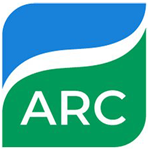
Appalachian Regional Commission
- Quantitative
- Qualitative
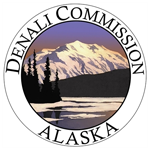
Delani Commission
- Quantitative
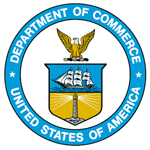
Department of Commerce
- Quantitative
- Qualitative

Department of Education
- Quantitative
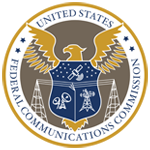
Federal Communications Commission
- Quantitative
- Qualitative
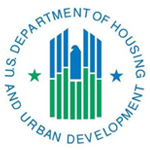
Department of Housing and Urban Development
- Quantitative
- Qualitative

Northern Border Regional Commission
- Quantitative
- Qualitative

National Science Foundation
- Qualitative
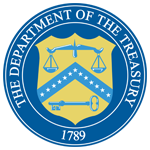
Department of Treasury
- Quantitative
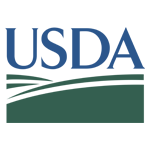
Department of Agriculture
- Quantitative
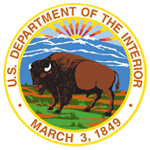
Department of the Interior
- Quantitative
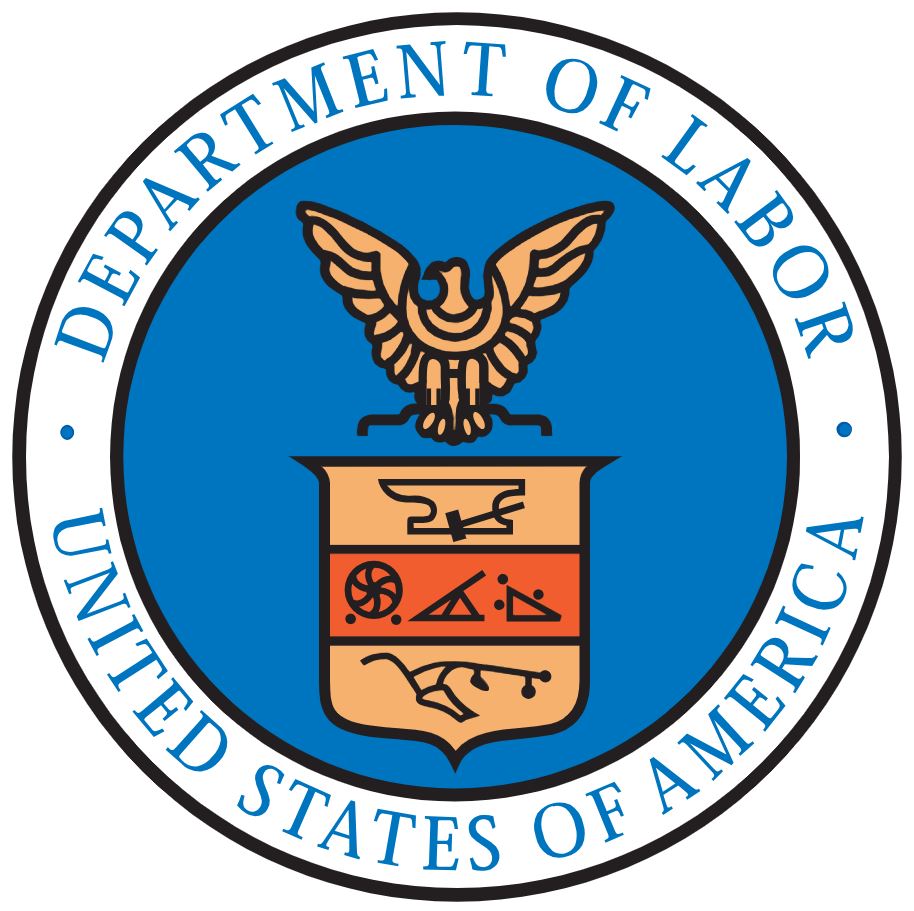
Department of the Labor
- Qualitative

Institute of Museum and Library Services
- Quantitative
- Qualitative
Addressing Reporting Limitations
Data Availability
Since NTIA started collecting data for the Federal Broadband Funding Reports, it has collected data at varying degrees of specificity. While some agencies can track outlays on a state and Tribal level, others are only able to report amounts that are appropriated for potential broadband use. For example, not all programs that can fund digital inclusion activities track digital inclusion funding in a way that can be analyzed for this report.
Improvements in the Data Collection Process
Over the past year, NTIA worked to automate data processing by establishing a streamlined data collection process. In past years, NTIA collected funding data using spreadsheets. For this data collection, NTIA provided a central hub for direct agency input, allowing agencies to fix common data issues prior to submission. Agencies also had the option to upload state and Tribal outlay data in spreadsheet format. NTIA invited four agencies (FCC, USDA, ARC, and Education) to user test the new process and updated the process based on agency feedback. NTIA will continue to solicit and review user feedback on its data collection systems to make updates ahead of the next data collection.
NTIA’s new process increased standardization of the data across programs through a common form with structured data. It also facilitated better communication with agencies by allowing them to check on the status of their submission to see if NTIA had reviewed the submission or if they needed to revise their submission. To accommodate different reporting periods for the agencies included in this report, agencies were also able to add data for other fiscal years. NTIA supported agencies’ use of the platform through a detailed user guide, regular office hours, and meetings with specific agencies by request. NTIA will continue to use agency feedback to improve the data collection process.
